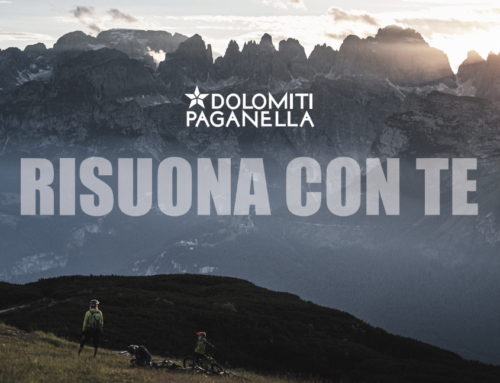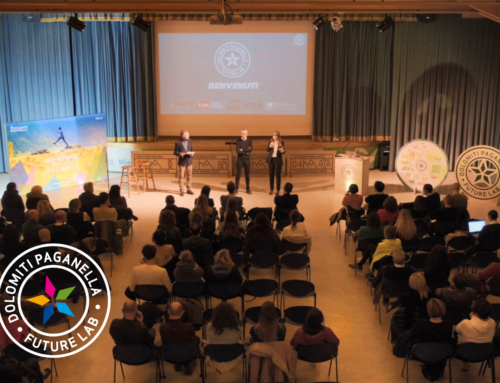One of the 4 challenges that we launched with the Future Lab was environmental sustainability, within the wider theme of tourism in balance. These are important issues for our local territory where protecting our extremely rich environmental heritage is fundamental.
We have already seen in previous articles how the effects of tourism can become negative if the flow of visitors is not managed in an appropriate way. Examples from the Faroe Islands, Netherlands, Jackson Hole, and Republic of Palau have demonstrated that something can be done, and now more than ever it is time to take on the challenges posed by the Future Lab and launch initiatives in favour of a sustainable future.
“It is time to move on from reflection to action and openly commit to following the path of equilibrium, abandoning the practice of saturation tourism.”
These are the words of Simone Elmi, Alpine Guide and President of the Dolomiti Open sports association, who have fully accepted this challenge.
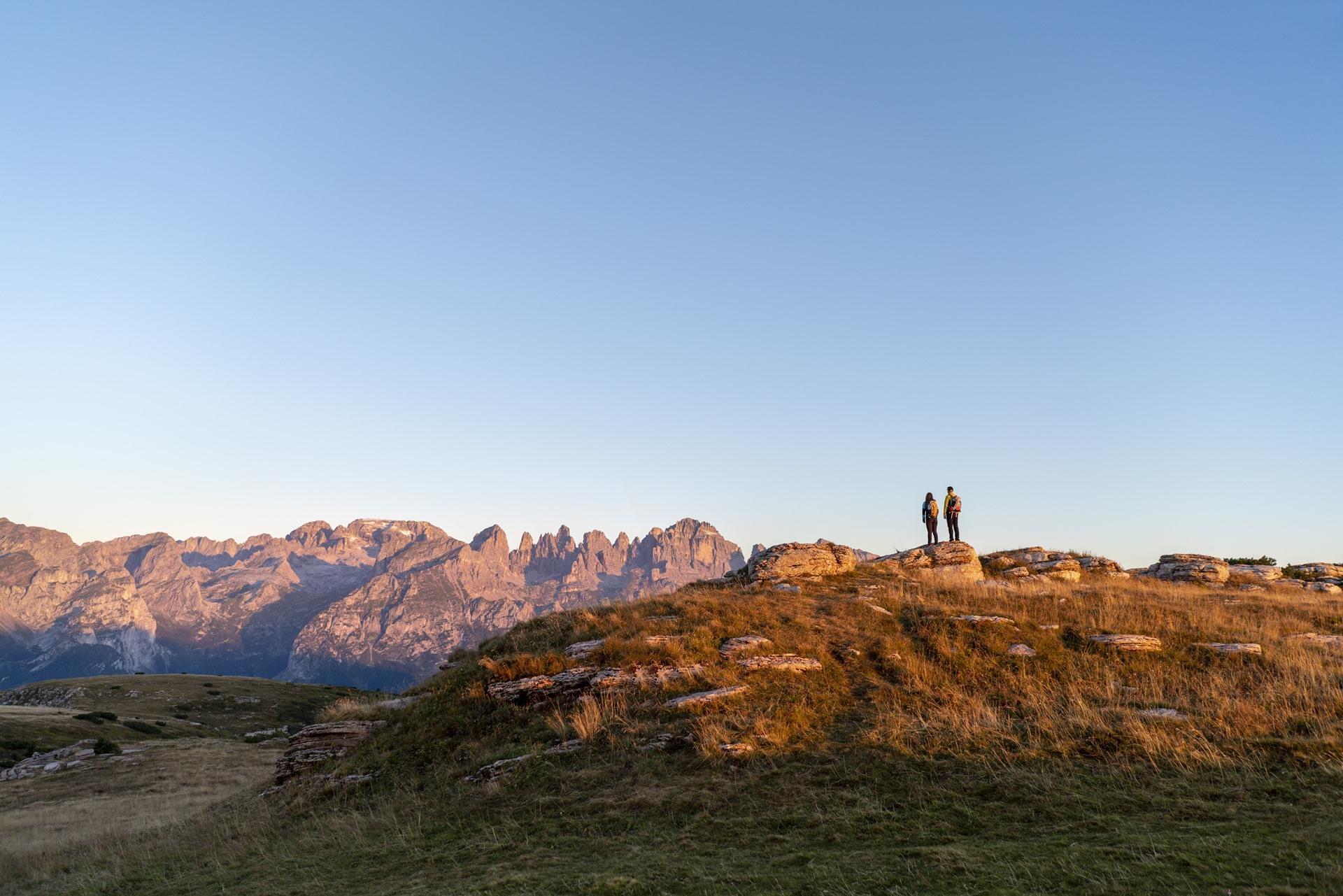
Starting from the supposition that only when the relationship between man and the environment is balanced can true satisfaction and pleasure be gained from outdoor adventures, Simone and the Dolomiti Open association are striving, within their limited means, to bring sense to the much abused term “sustainability” through an innovative and unique approach: monitored access to a rock climbing crag at the foot of the Brenta Dolomites, the Falesia Dimenticata.
This crag reopened in 2017 thanks to a crowdfunding initiative organized by Dolomiti Open themselves, providing free unlimited use for everyone and transforming an abandoned location into a state-of-art sports and social laboratory.
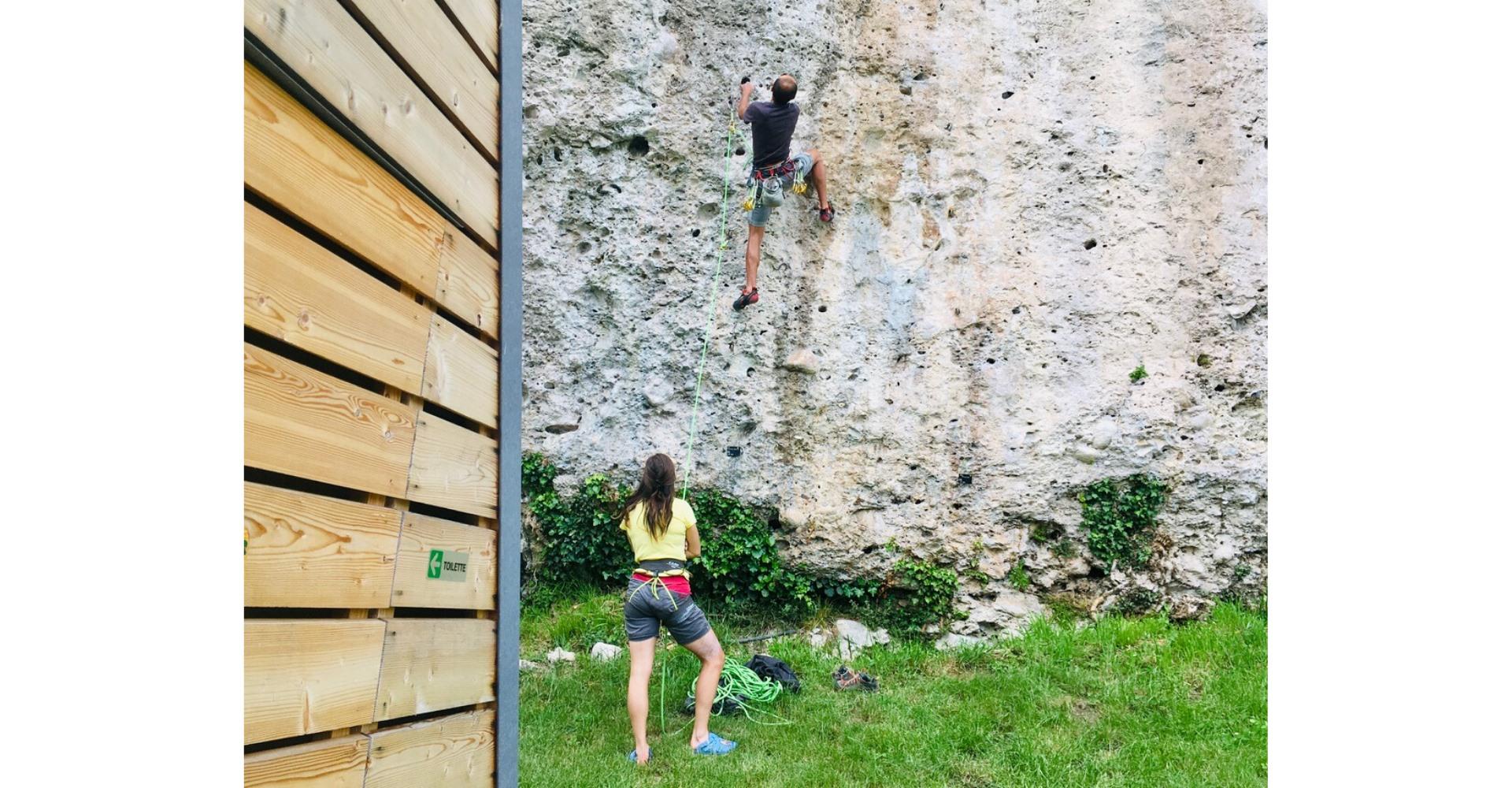
Rock climbers who visit the crag are well aware of the problems of overcrowding that occur at peak times, when the presence of up to 60 people has been recorded for the 30 climbing routes available, with associated parking problems.
Overcrowding can create problems even for an outdoor venue, and an advance booking system now makes it possible to achieve a balance between people and space on climbing routes.
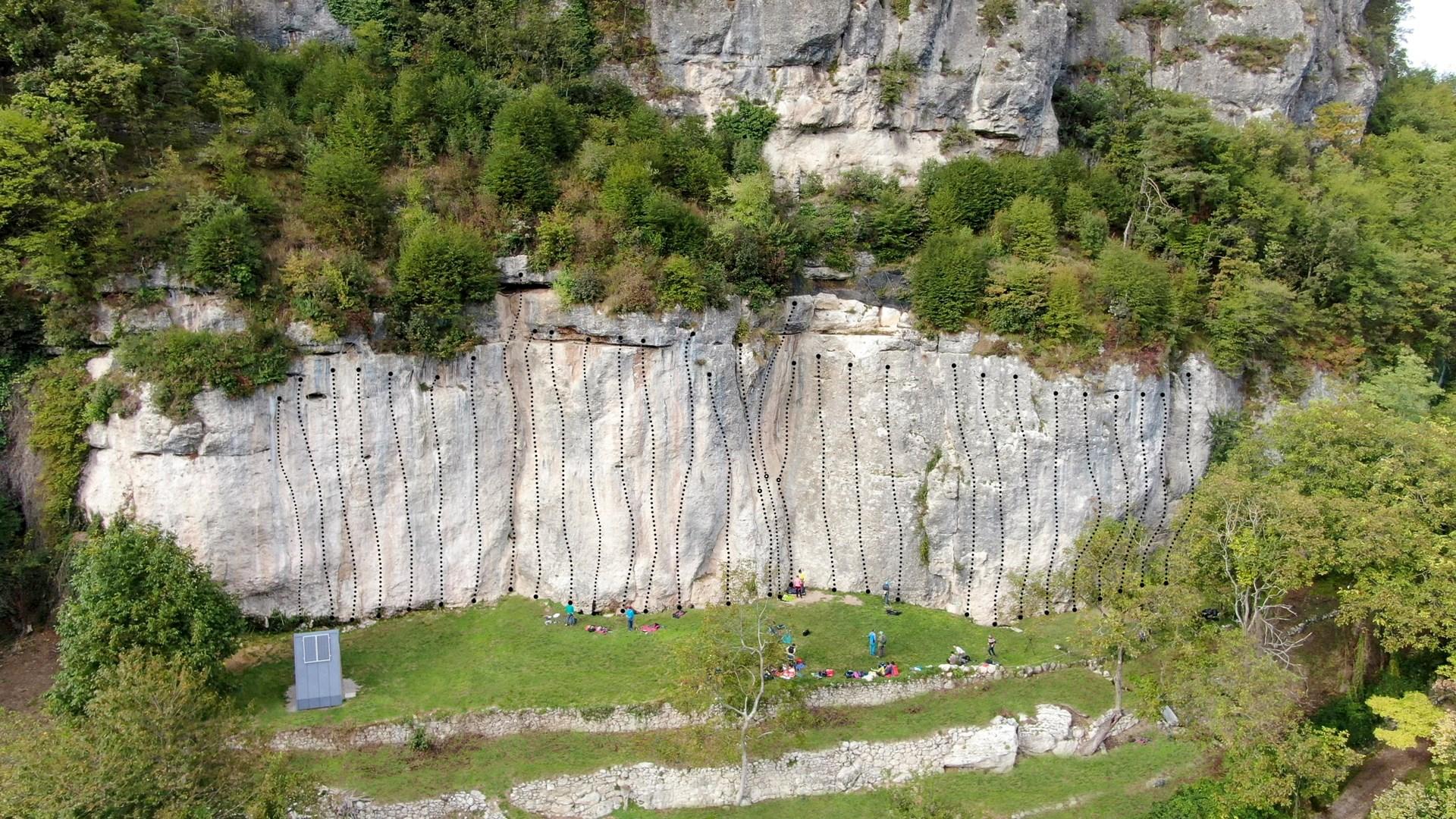
How does it work? Using an app it is possible to check the numbers present at the crag and communicate your intention to go climbing there by booking a free virtual ticket. In this way overcrowding can be avoided and physical distancing ensured, not just during this stage of the Covid-19 emergency, but also useful in the future.
This experiment is based on reciprocal trust and respect for rules by everyone. It is not intended as a limitation, but rather an opportunity to establish a harmonious relationship between environment and visitors, who can now plan their days to avoid times of overcrowding. The long term aim is to make the enjoyment of our local area and wonderful environmental heritage more sustainable.
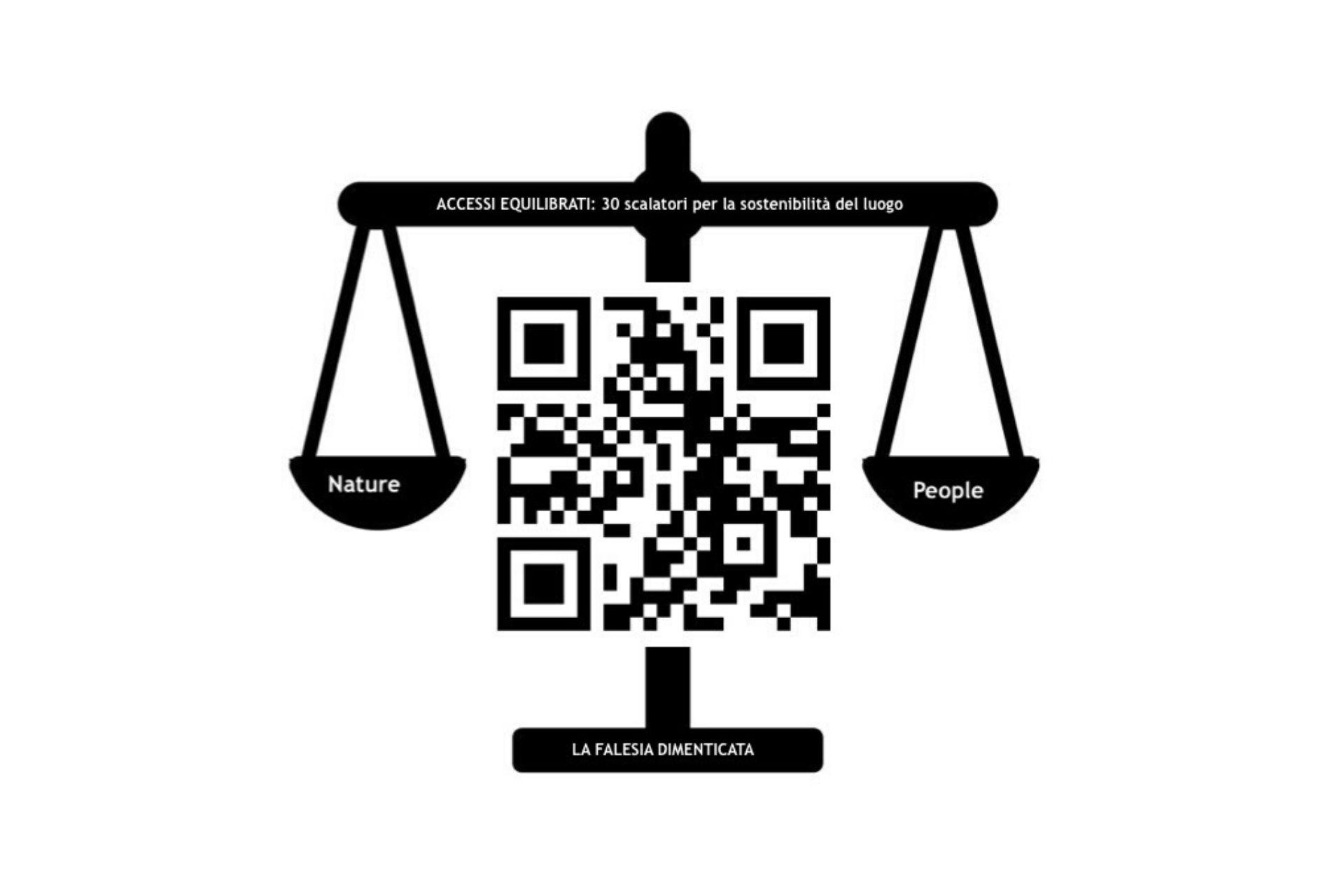
TO LEARN MORE
Interview with Simone Elmi


